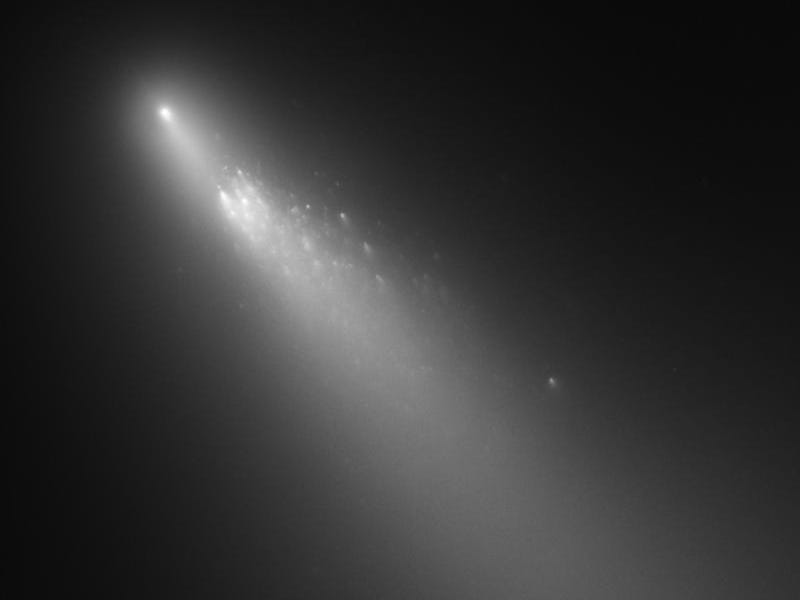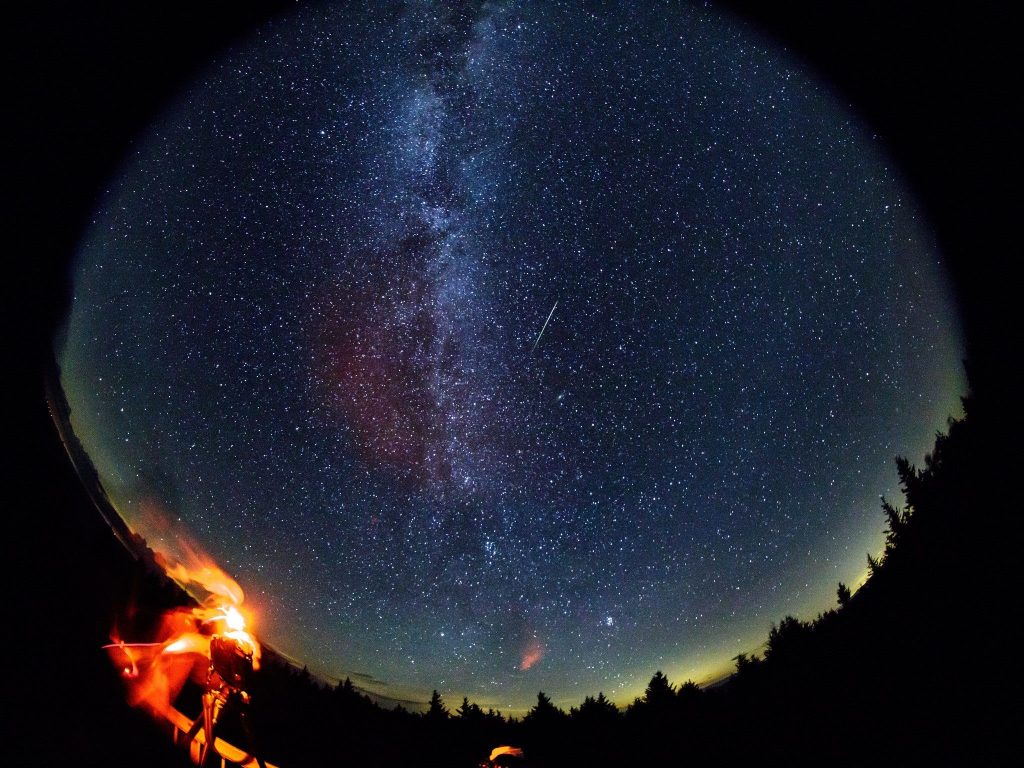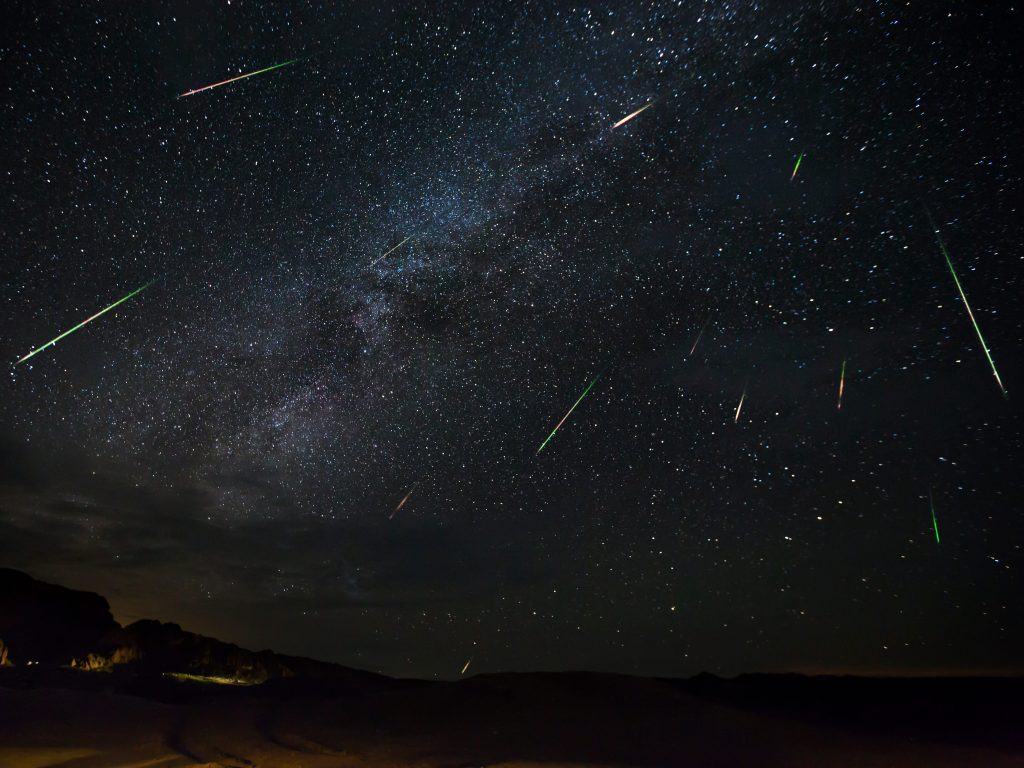- A meteor shower could light up skies over North America at the tail end of Memorial Day weekend.
- The shower could become a rare "meteor storm," with at least 1,000 meteors each hour, experts say.
- The best time to catch the possible storm is around 1 a.m. ET on Tuesday, May 31.
North America might be treated to a starry spectacle late Monday night into Tuesday morning, as the Earth passes through the remnants of a defunct comet. Experts say the meteor shower, known as the Tau Herculids, has the potential to become a rare "meteor storm" — producing an onslaught of at least 1,000 shooting stars per hour.
Or, it could be a dud.
The comet is known as 73P/Schwassmann-Wachmann 3 (SW3 for short) and named after the two German astronomers — Arnold Schwassmann and Arno Arthur Wachmann — who discovered it in 1930. SW3 is breaking into dozens of pieces as it zips around the sun every 5.4 years, NASA said in a statement.
Like all meteor showers, experts say that when Earth passes through those comet crumbs, they'll burn up in our atmosphere and create a scattering of shooting stars.

The best meteor showers involve hundreds of meteors per hour — but most are in the single figures. Next week's sky show could reach thousands of meteors per hour, making it a "meteor storm" as opposed to a shower, according to experts.
"This is going to be an all-or-nothing event," Bill Cooke from NASA's Meteoroid Environment Office, said in a statement, adding that visibility will depend on the speed of the comet. "If the debris from SW3 was traveling more than 220 miles per hour when it separated from the comet, we might see a nice meteor shower. If the debris had slower ejection speeds, then nothing will make it to Earth and there will be no meteors from this comet," Cooke said.
The last "meteor storm" to grace the heavens was the Leonid meteor storm of 1966, which lasted several hours — meteors fell at rates as high as 40 per second.
"People who watched the 1966 Leonid shower said they felt they had to clutch the ground, so strong was the impression of Earth moving through space," according to EarthSky.
The Tau Herculids meteor shower is named after the star Tau Herculis, because from Earth, the meteors appear as though they are radiating from Tau Herculis. Experts expect next week's event to be much shorter than the hours-long Leonid shower.
How to watch the cosmic display

Fortunately, the stellar light show will occur on a moonless night, making it easier to view. According to the American Meteor Society, the best window to see the cosmic display is from 12:45 to 1:17 a.m. ET on Tuesday, May, 31.
Though the light display should be visible from North and South America, stargazers in the Southwestern US and Mexico will have the best view, as that's where the meteor shower will be highest in the night sky.
"We believe that this event has a chance of being something spectacular," the society explained on its website. "When viewing events such as these, one should expect nothing extraordinary to happen, but certainly hope for the best!"
